Paying for Medicare
When you sign up for Medicare, you must indicate if you are collecting your Social Security check. If you're receiving a check, the Medicare premium will be deducted. If you aren't receiving a Social Security check, Medicare will send you a quarterly bill.
Part A:
You usually don't pay a monthly premium for Medicare Part A coverage if you or your spouse paid Medicare taxes while working. This is sometimes called "premium-free Part A."
If you must buy Part A, you'll pay up to $426 each month.
>>Learn more about Part A costs.
Part B:
You pay a premium each month for Medicare Part B (Medical Insurance). Most people will pay the standard premium amount. However, if your modified adjusted gross income as reported on your IRS tax return from two years ago is above a certain amount, you may pay an Income Related Monthly Adjustment Amount (IRMAA). IRMAA is an extra charge added to your premium.
>>Learn more about Part B premiums.
Part C:
Each year, plans establish the amounts they charge for premiums, deductibles and services. The plan (rather than Medicare) decides how much you pay for the covered services you get. What you pay the plan may change only once a year, on January 1.
>>Learn more about Part C costs.
Part D:
You'll make these payments throughout the year in a Medicare drug plan:
- Premium - Most Medicare prescription drug plans charge a monthly fee that varies by plan. You pay this in addition to the Medicare Part B premium. If you belong to a Medicare Advantage Plan (Part C) or a Medicare Cost Plan that includes Medicare prescription drug coverage, the monthly premium you pay to your plan may include an amount for drug coverage.
- If your modified adjusted gross income as reported on your IRS tax return from two years ago (the most recent tax return information provided to Social Security by the IRS) is above a certain limit, you may pay a Part D income-related monthly adjustment amount (Part D-IRMAA) in addition to your monthly plan premium.
- Yearly deductible - Deductibles vary between Medicare drug plans. No Medicare drug plan may have a deductible more than $310 in 2014. Some Medicare drug plans don't have a deductible.
- Copayments or coinsurance - Some Medicare prescription drug plans have different levels of copayments or coinsurance, with different costs for different types of drugs.
- Costs in the coverage gap - Most Medicare prescription drug plans have a coverage gap, meaning there's a temporary limit on what the drug plan will cover for drugs. In 2014, once you and your plan have spent $2,850 on covered drugs (the combined amount plus your deductible), you're in the coverage gap. Once you reach the coverage gap in 2014, you'll pay 47.5 percent of the plan's cost for covered brand-name prescription drugs. Although you'll only pay 47.5 percent of the price for the brand-name drug, the entire price (including the discount the drug company pays) will count as out-of-pocket costs which will help you get out of the coverage gap.
- Costs if you get Extra Help
- Costs if you pay a late enrollment penalty
Your actual drug plan costs will vary depending on:
- The drugs you use
- The plan you choose
- Whether you go to a pharmacy in your plan's network
- Whether the drugs you use are on your plan's formulary
- Whether you get Extra Help paying your Medicare Part D costs
>>Learn more about Part D costs.
Please Note: If you don't sign up for the Parts of Medicare when you're first eligible, you may have to pay a late enrollment penalty.
Call us at (877) 476-4588 with any questions or to receive a quote.
*Information on this site's Medicare webpages is from www.medicare.gov.





